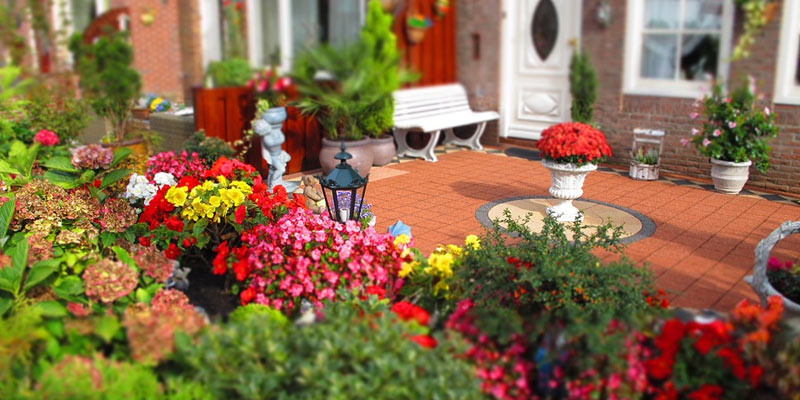
Have you just bought a new home but don’t want to leave your garden behind? Just because you’re moving house doesn’t mean you have to say goodbye to your favorite plants as well. Moving your garden to a new landscape is a delicate operation that will require lots of time and energy, but it can be done!
Grab your hoes and watering cans. It’s time to dig up the garden and get your beloved plants safely into their new home.
Make sure you can move your plants
Don’t just rip out everything green in your garden and assume you can take them with you. If you sold your house, the new owners may expect it to come with the main plants on the property. These include the trees and some in-ground perennials — yes, even the ones you may be sentimental about. It’s the new homeowners’ right to assume that you’ll leave these behind, so don’t go digging before you’ve confirmed what you can and cannot transplant.
Some moving companies don’t accept plants because of the lack of sunlight in the trucks and the extreme heat or cold can kill them. There are also state regulations to consider. Make sure your movers are able to transport plants before you pack them up.
Plot out your new garden
Make sure you know where everything is going before you start digging up your plants. Leaving your plants out with their roots exposed is really bad for them, so make sure you already have spots ready for each plant before you move them to the new location.
This means that if you’re transplanting directly into the ground, the holes should already be dug. If you’re moving them into pots, there should already be soil at the bottom of each pot. At the very least, there should be visual indicators of where each of your beloved plants will go in your new garden or home.
Prepare for transport
For plants that you will be digging up and planting into the ground in your new garden, the shock of the move can be enough to kill them. You can prevent this by placing them in temporary receptacles or by wrapping their roots in burlap during the move.
If you have plants that are in ceramic pots, move them into plastic ones for the duration of the move. You can place smaller potted plants in boxes stuffed with paper to keep them from being jostled around too much while in the moving truck.
Timing is everything
If you can, avoid moving plants during winter and summer. You don’t want to expose your favorite plants’ roots to the extreme weather during these seasons. According to The Spruce, you should never leave the root balls exposed to sunlight, heat, or wind because they will quickly dry out and die. Try to replant as soon as you uproot the plants or remove them from their pots.
Dig them out carefully
If you dig too close to the base of the plant, you might end up cutting into its root system and killing it. The right way to uproot a plant is to take a hand shovel and dig around the roots, allowing for a wide margin between the stem/trunk and where you’re digging.
Dig at least six inches into the soil and carefully lift the plant out with a shovel. Don’t try to pull or shake out the soil clinging to the roots of the plant, as this actually protects the root system. Gently place the plant into its temporary home, give it a little water, and keep it away from heat and wind.
Once you’ve settled your plants into your new garden, give them water and make sure they get lots of direct sunlight over the next few days. We hope your plants thrive in their new home! Good luck!
